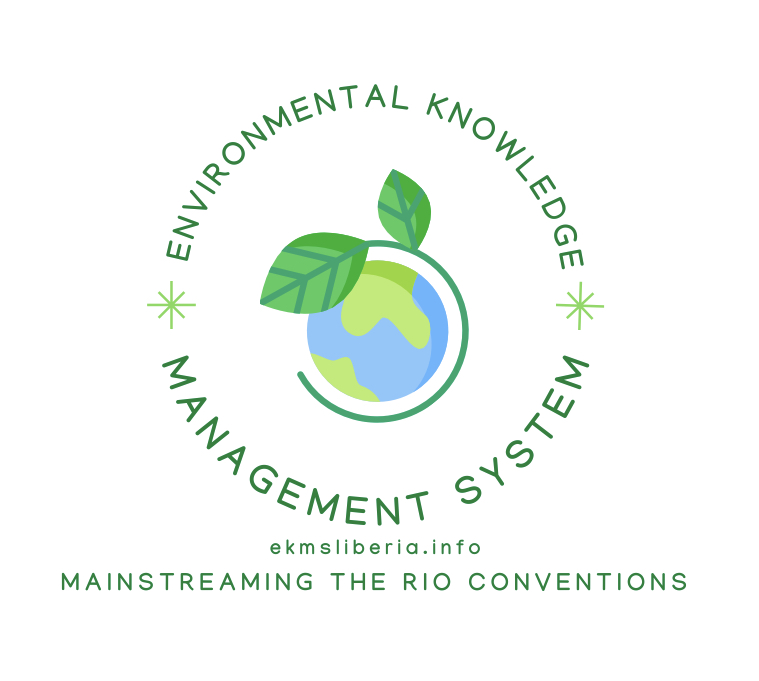The discharge of effluent from septic systems into unsaturated zones creates threats to the physical environment that may result to ground water contamination depending on a number of factors including soil hydraulic conductivity, depth of water table and proximity of a septic system to borehole. Infiltration of septic waste into ground water may result into the transfer of disease causing microorganisms that may impact the environment and health of nearby receptors. The current study sought to determine contaminant levels in the samples and enumerate the impact caused by the construction of septic tanks in close proximity to ground water sources in Kesselly Boulevard community, Liberia. Water samples were collected in triplicates from five sampling points (four wells and one hand pump) and transported to the
Environmental Protection Agency Laboratory for analysis. PH, nitrate and nitrite levels were analyzed in the samples using spectrophotometry employing a DR 890 Colorimeter (Hach). Lead levels were analyzed using a DR 5000 Spectrophotometer (Hach). Bacteriological (E. coli & Fecal Coliform) analysis were done using Palin-test Kit (Hach) while turbidity levels were enumerated using a Turbidity Meter T-100 (Oakton). Furthermore, microbiological isolates were identified using API 20E assay.
Environmental Knowledge
Management System
Join us to help grow
the EKMS Community

Menu

